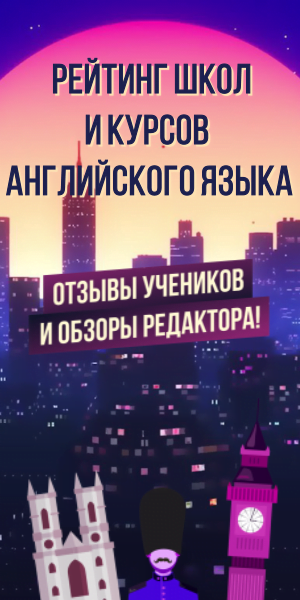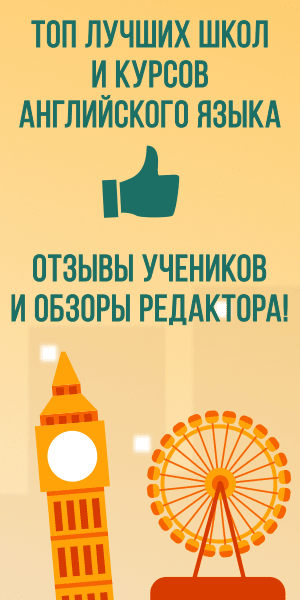Love, jealousy, hate, death — these are the themes of many operas and so it is with Tosca, the most famous opera composed by Giacomo Puccini. It premiered in the Teatro Costanzi in Rome on January 14, 1900. The one the professor viewed in the class took place at New York City’s Metropolitan Opera in March of 1985, starring Placido Domingo (tenor) as Mario Cavaradossi, Hildegard Behrens (soprano) as Floria Tosca and Cornell MacNeil (baritone) as Baron Scarpia.
Tosca is an opera consisting of three acts. In Act I, the setting reveals an enormous church with bright lights that emphasize the mood for a place of romance. The salmon-colored dress of Floria signifies her love and romance for her loved one, Mario Cavaradossi. His costume is ordinary. The white veil Floria is wearing symbolizes her innocence. In contrast, Scarpia wears this black costume which brings out his negativity and cruelty and signifies his aggressive blunt personality.
Unlike Act I, Act II is much darker and smaller, which gives a feeling of tension and danger. Floria’s red dress shows passion and desire for her beloved Mario, but at the same time hate as well as anger for the mean and cruel Scarpia, well expressed when she ends Scarpia’s life.
Act III is set in a diminutive dark prison. This scene expresses a fear of death and anxiety as Mario awaits his execution. Mario seems exhausted from his beating. His clothes are torn, his head bleeding. The next scene is set outside having a dark, tense yet optimistic expression, but turns out to be a scene of Death.
Tosca is a play of cheating and doubt. Nothing seems honest and direct. Even love is troubled by jealousy and hate. Mario Cavaradossi is a romantic, idealistic and masculine character. The best scene from Act I is the way Mario tries to express his love for Floria by comparing her raven beauty with that of the blonde Magdelene («Recondite armonia») that he had just painted. Suspicious of the painting, she jealously questions him. Passionately he tries to convince her of his fidelity and reassures her of her insecurity «Qual’ occhio al mondo.» His delightful and high tenor voice is moving. He pitches high notes to convince Floria of his faithfulness. His vocal intensity and extension, together with the depth of interpretation are astonishing and surprising. Mario is the most impressive, inspirational character in the play.
Floria Tosca is a famous singer and in love with Mario Cavaradossi, but forever suspicious of him. She’s very insecure about her love life, hence the fact hearing Cavaradossi’s speaking to someone upon her arrival. As innocent and sweet as she might be, her anger and revenge are set in the right place in her confrontation with Scarpia and subsequent murder scene. «Questo il Vecchio di Tosca!» (This is Tosca’s Kiss!) Muori Muori Muori…Die…Die….» Tosca snatches a knife from the table and kills him. She wretches the document from his stiffening fingers for permission to leave the country and places candles at his head and a crucifix on his chest. This is my favorite scenes of Act II. It goes above and beyond my expectations for so much anger and hate of Floria. Her intensity, her passion, and soaring high notes are quite thrilling. Even with her high notes, the insecurity can still be heard as well as her anger.
Baron Scarpia is devilish and quite powerful. He is probably quite enjoyable even though he may be of the «random singer» type of singer but he bleeds with corruption and sinister evil in every note. Obviously, he wants Floria for himself. «Va’ Tosca, new to cuor s’annida Scarpia» — «Go, Tosca, in your heart is nesting Scarpia.» When he sends Cavaradossi off to be tortured, he turns his attention to Tosca. Scarpia: «Ed or fra noi parliam da buoni amici» — «Now, let us talk like good friends.» Quite a foolish move to make not knowing Floria would stab a knife through his chest with her «sweet and innocent» hands. Chocking on his own blood you can see his fear of death. His acting is quite remarkable, which makes him one of the best evil and powerful actors of the Tosca Opera.
The orchestra was magnificent; the music itself flows amazingly with the scenes and drama that take place. It fits right into the anger, tension, and fear of the characters. For example, when Scarpia arrives, the orchestra becomes deep and obscure, but with energy and power at the same time. The orchestra does quite well at being a part of the romance and warmth between one another as well.
Watching the opera was an experience in itself. I never expected an opera to be so emotionally well expressed. I was impressed with the acting and how they sang so loud without any amplification. Even though I didn’t know the language, it was a beautiful piece by its non-verbal dramatic actions. The subtitle was a big help but still wasn’t enough to get the play, for me. After I did some research on the play, I understood it better. The opera was a lesson learned for not trusting people easily, being more self-secure and making the right decisions.
The story is a tragic romance where love, jealousy, hate, and death are the themes of an opera. I didn’t have many expectations when watching opera. However, I was surprised about how everyone died in the end. From my point of view, that wasn’t supposed to happen. I believe Mario and Floria shouldn’t have met such tragedy, but rather have more or a fairy tale ending. Cavaradossi: «Amaro sol per te m’era il morire» — «Dying was bitter only because of you» Tosca: «Amore the shop a te vita serbare» — «My love, which was able to save your life»; final duet: «Trionfal… di nova speme» — «Triumphant, with new hope.»
Taking Music Appreciation helped me to see the true beauty of music. After watching the opera of Tosca in class, I might be open to attending a live opera. It’s an experience on itself and actually feeling the beauty and power of the characters, LIVE!








